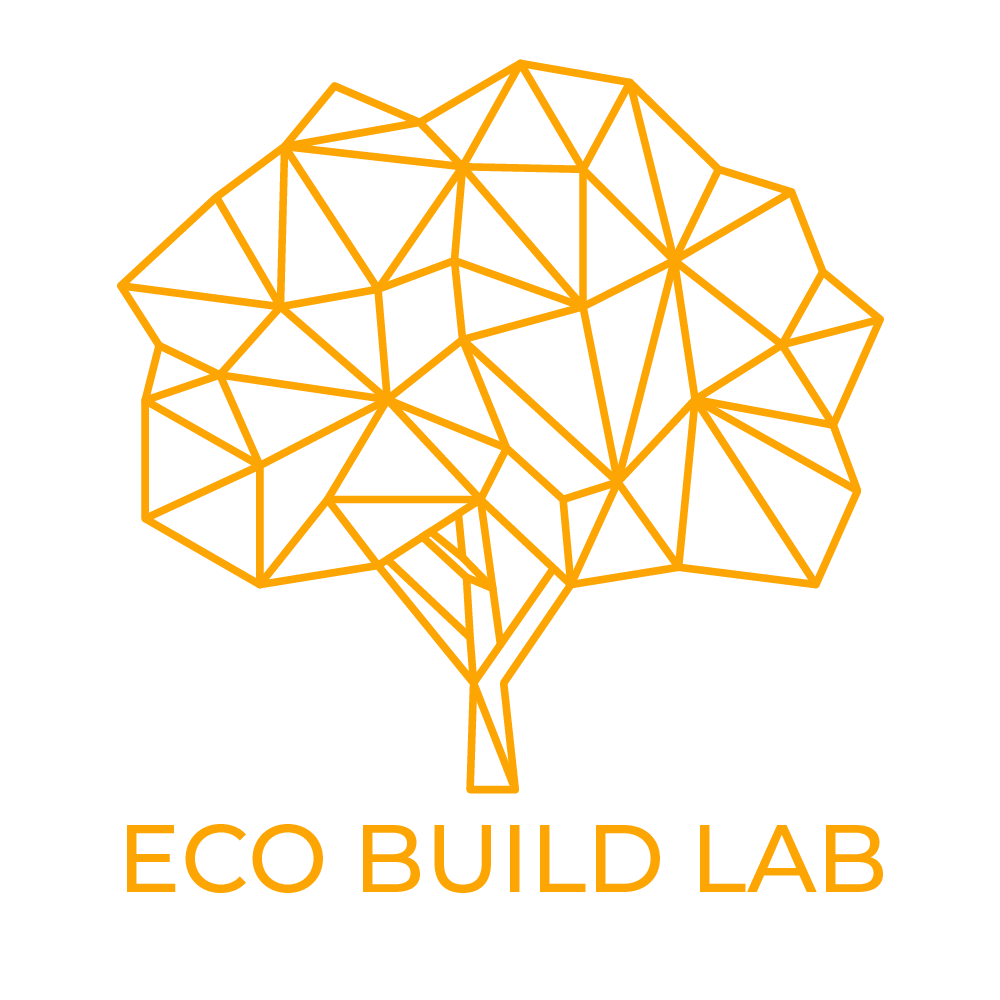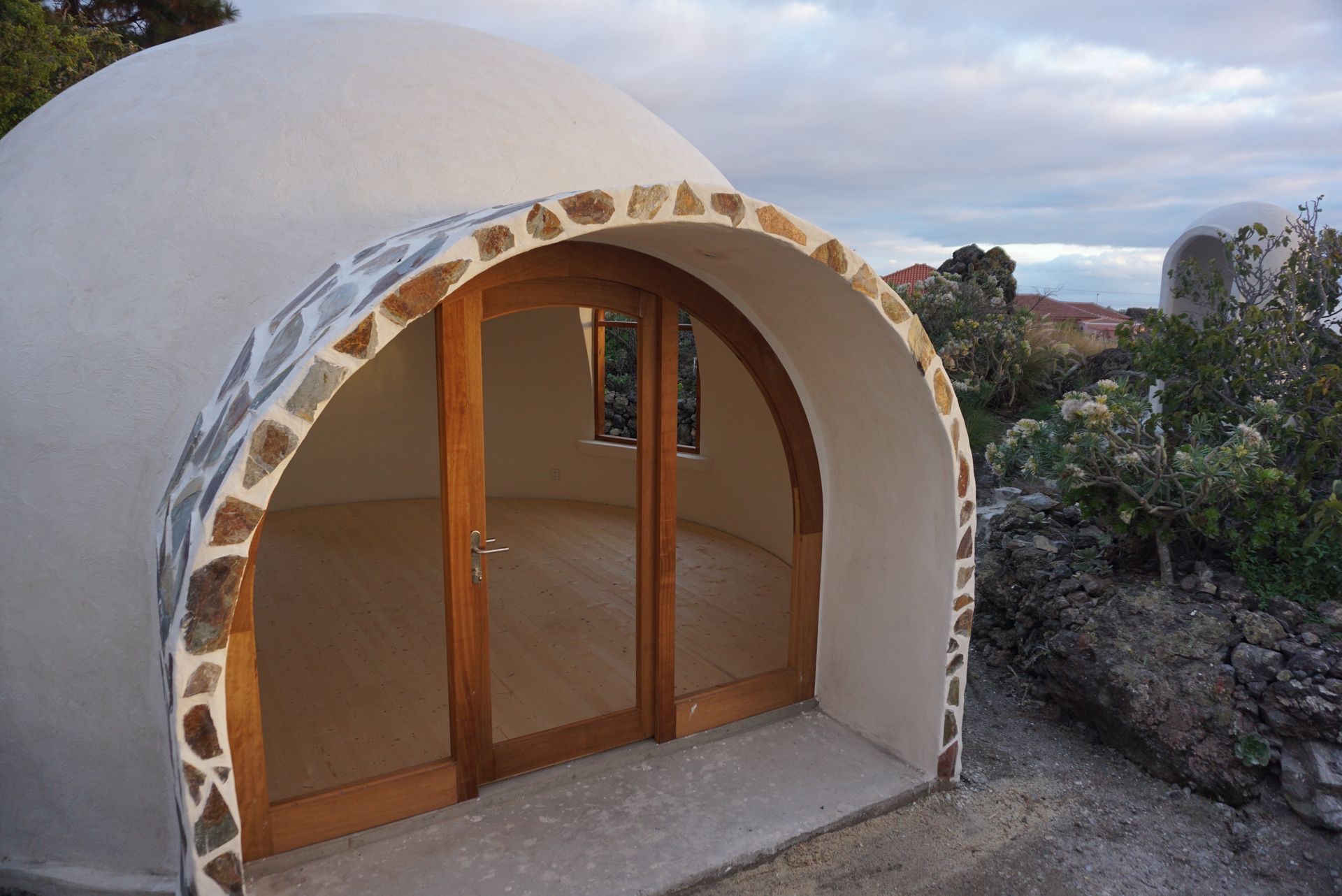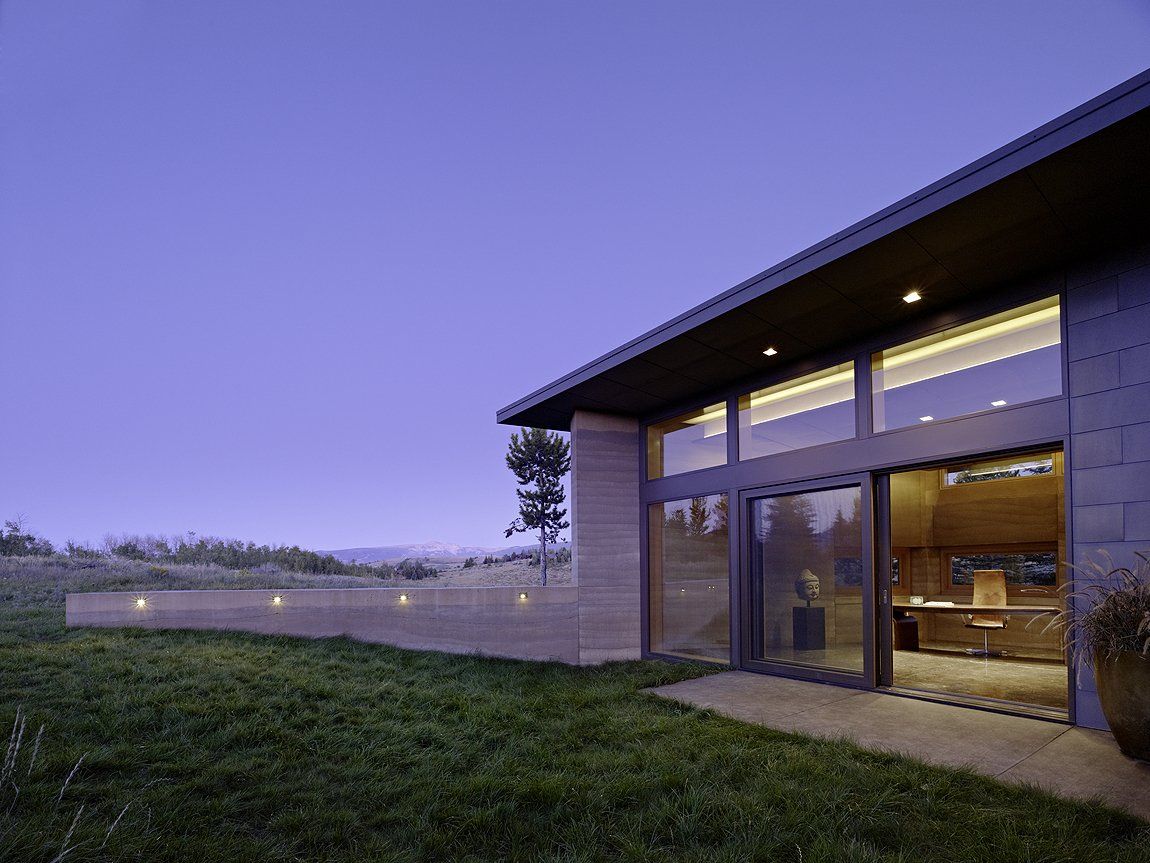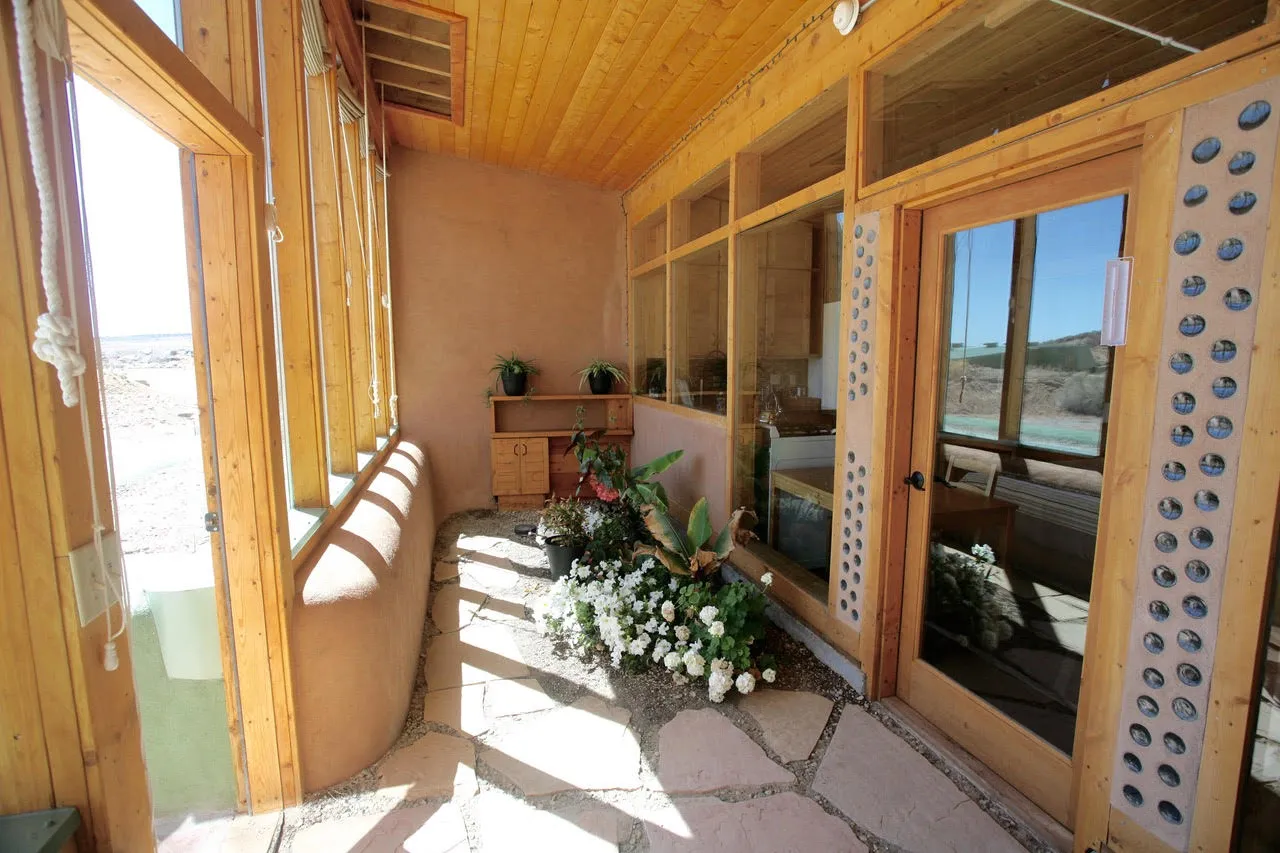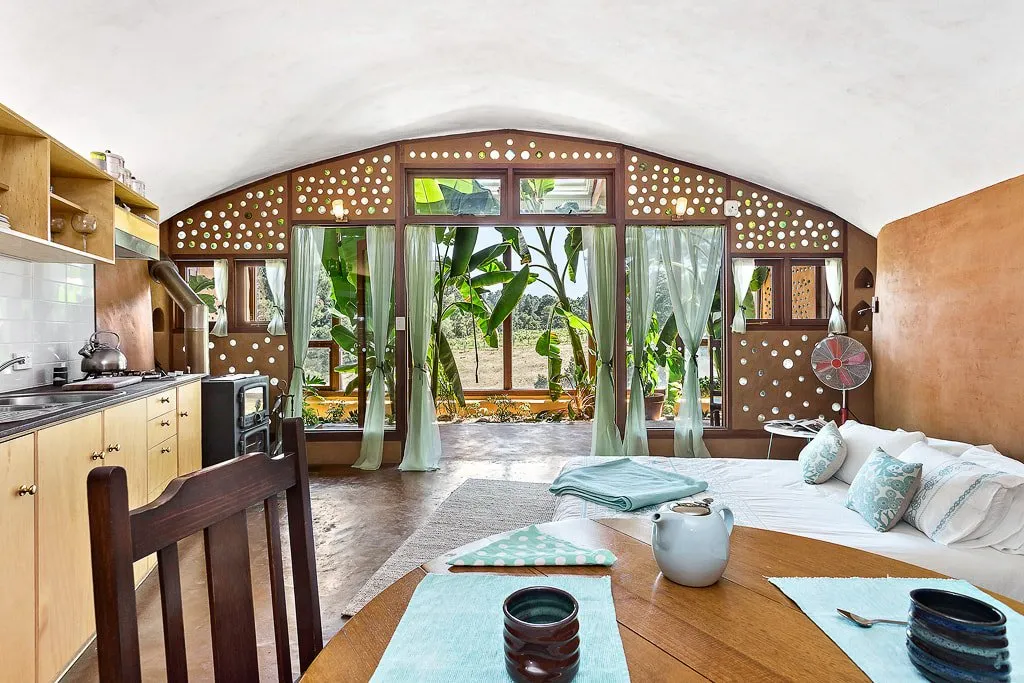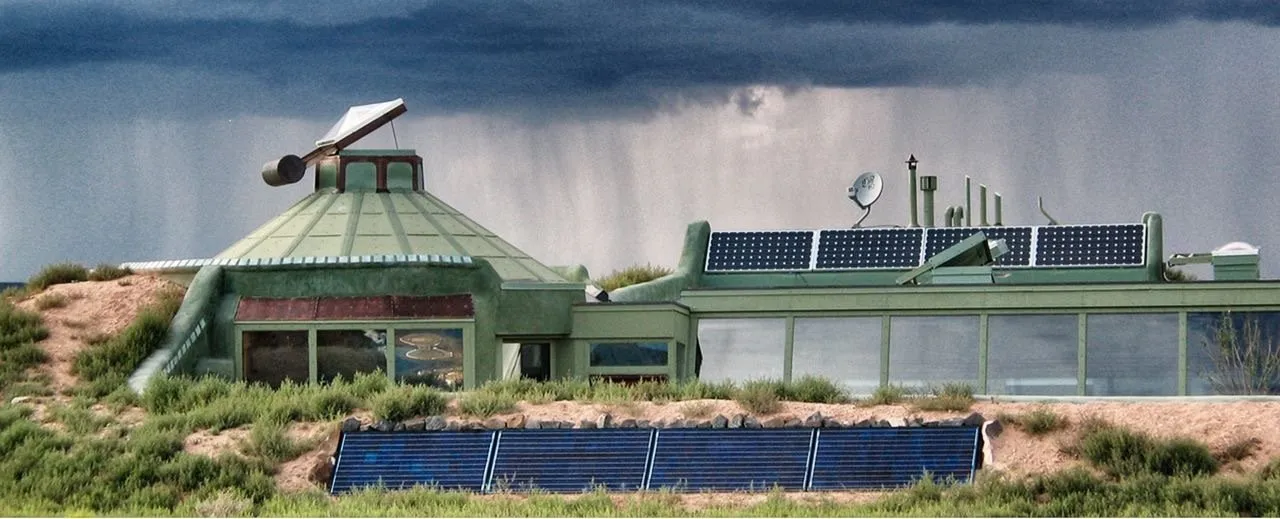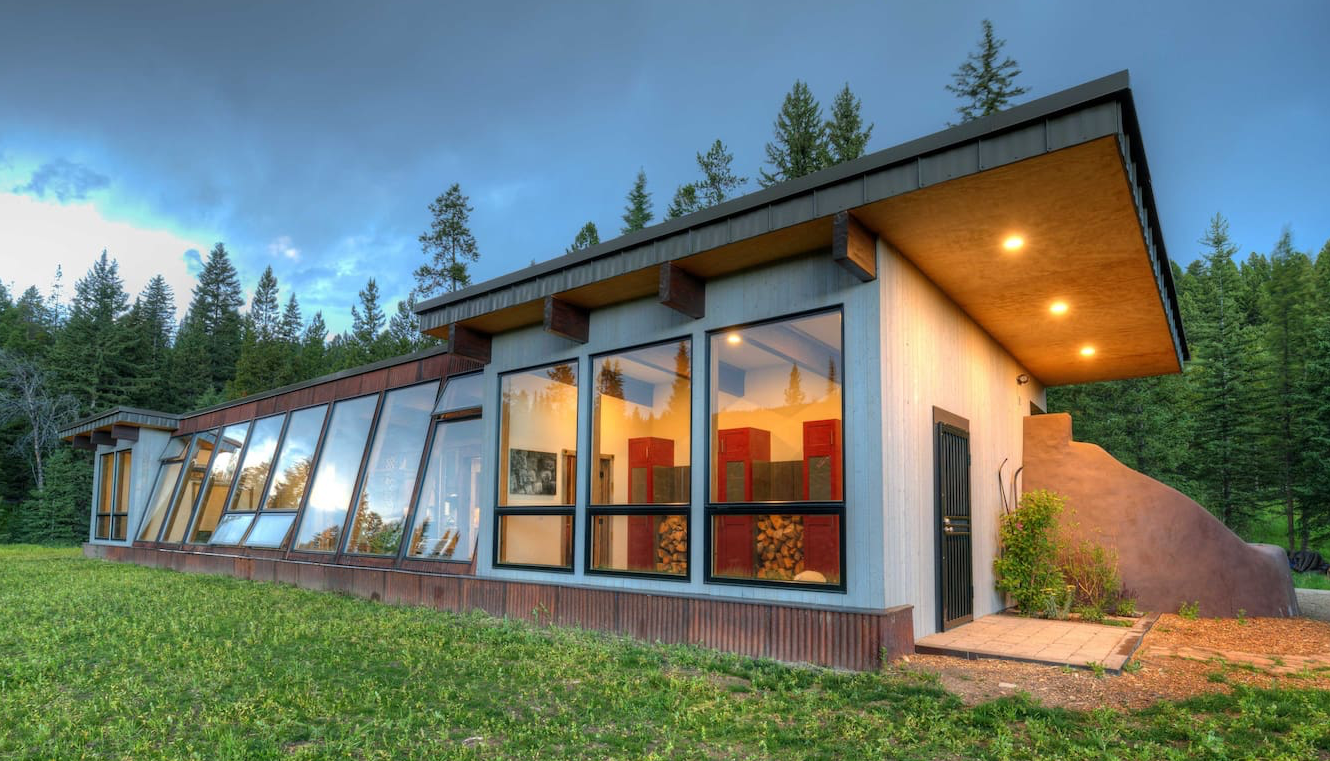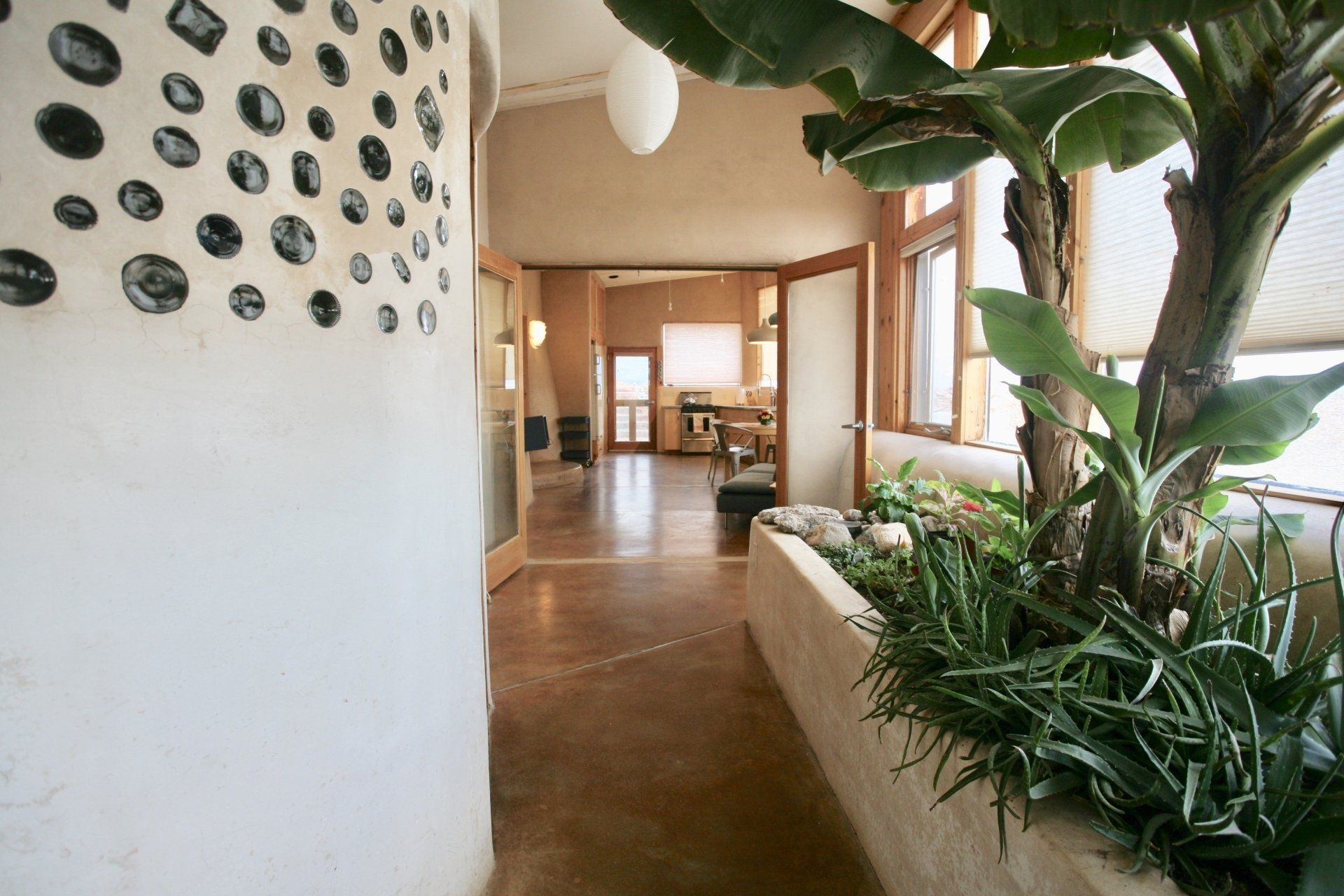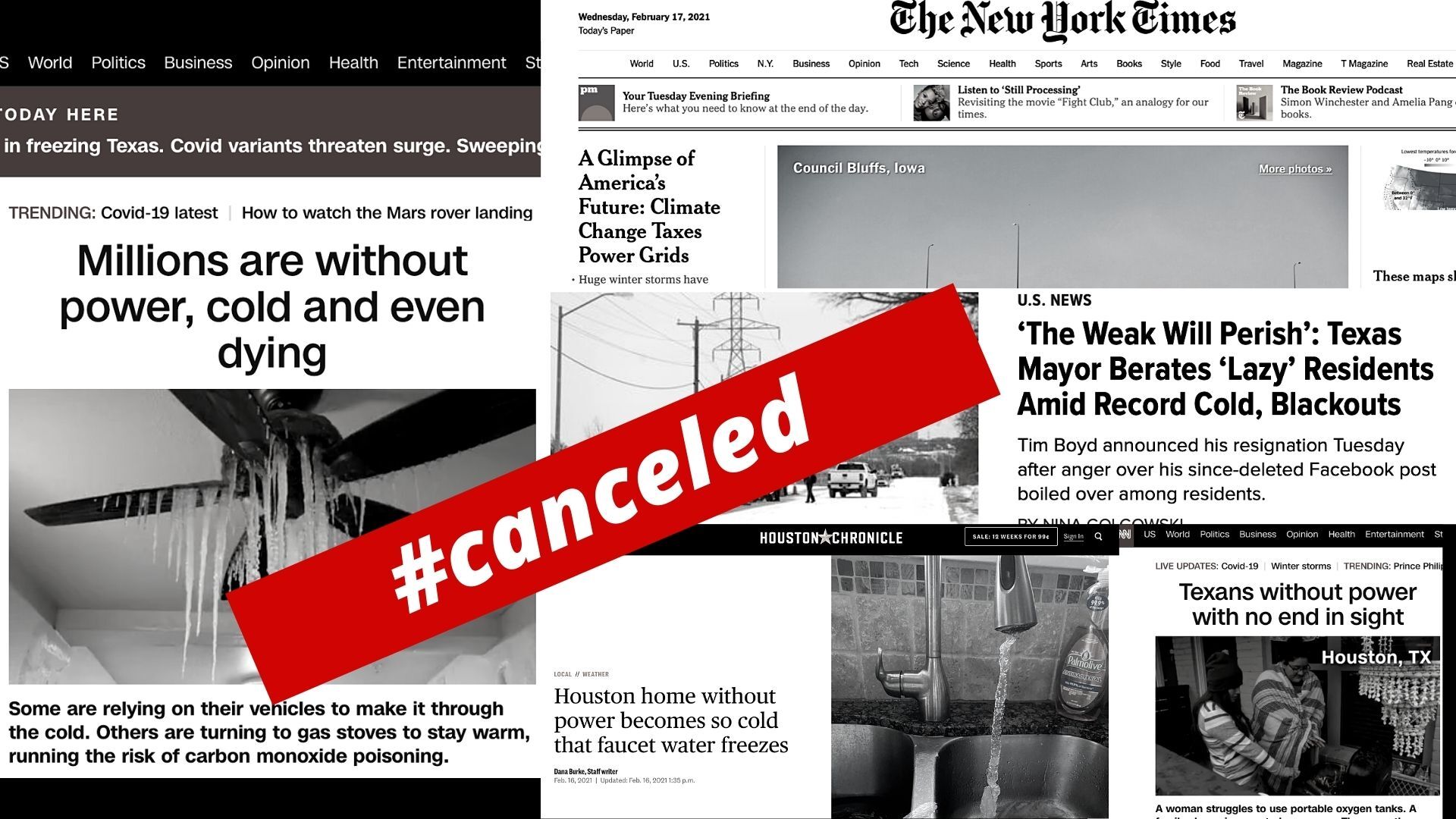The Difference Between On-Grid Solar & Off-Grid Solar
“In a single hour, the amount of power from the sun that strikes the Earth is more than the entire world consumes in an year” - Business Insider
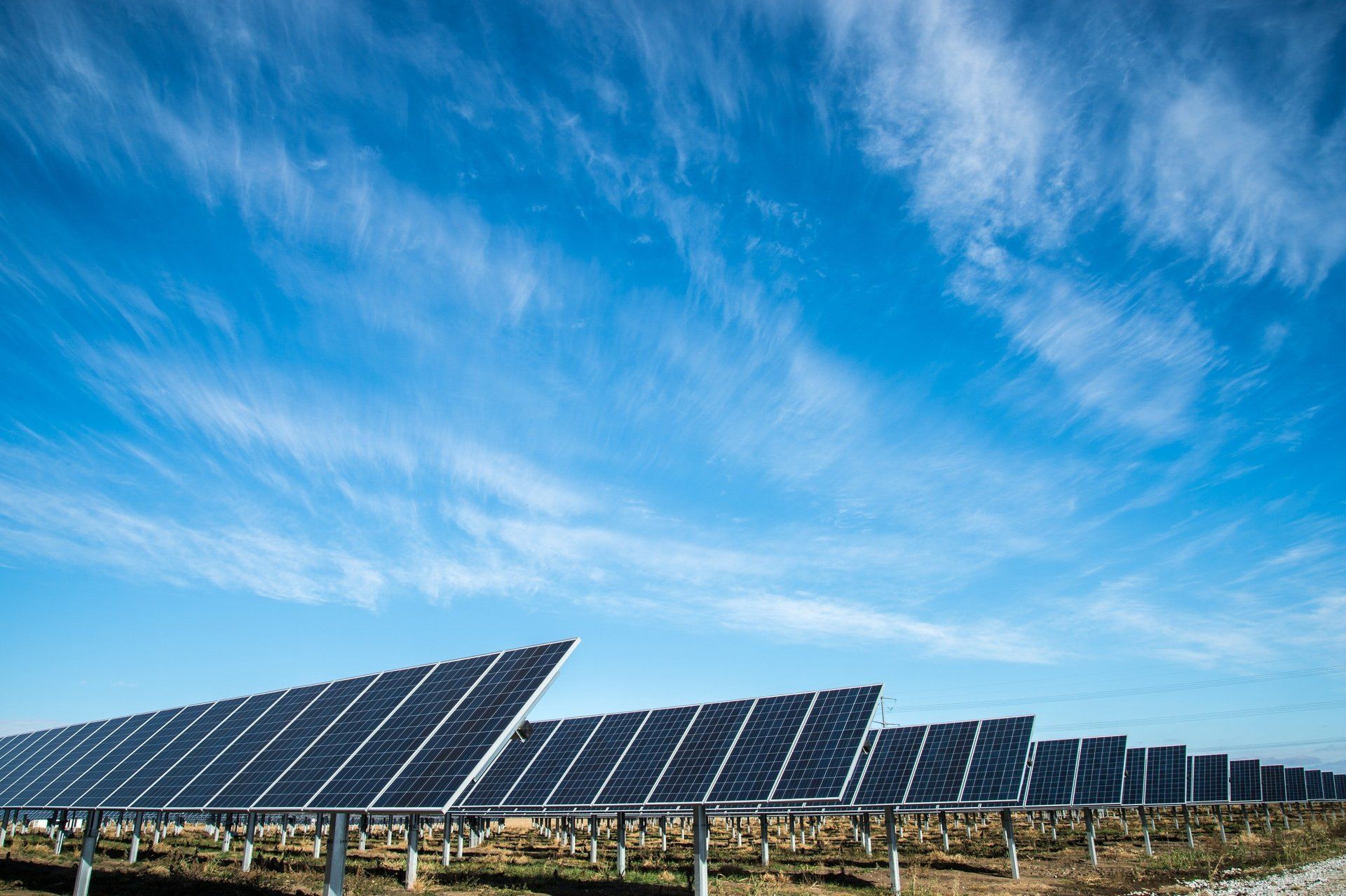
On-Grid Systems
There has been growing interest in solar power systems over the past decade as photovoltaic technology has improved and the cost of solar panels has dropped drastically. Large-scale solar power installations are being built and connected to the existing grid. Also, many utility companies offer their customers the opportunity to install solar panels on their homes and connect them to the grid, using the grid to backup their electricity needs when it is nighttime or they have a larger draw than their system can provide for, and letting their customers sell back to the grid when they are producing excess power. This is called a grid-tie electrical system. This system is not preferable because if the grid goes down, you won't have any way to store the power you've collected, so when the sun goes down, you will have no power!
Off-Grid Systems
Though we applaud all efforts to meet energy needs with clean, renewable energy, the most efficient way to use electricity generated from solar panels is with an off-the-grid home power system. Personal solar systems for a home can be built in many different sizes to accommodate different demands but they all have the same basic components: photovoltaic panels, charge controller, batteries, inverter, DC load center and AC load center. This system is preferable because if the grid goes down - you will still have power!
Benefits To Installing Off-Grid Solar
Reasons to choose to install an off-grid solar system include:
- No more electric utility bills
- You won't loose power when there is a blackout or interruption in the grid
- You will be making a personal contribution to reducing carbon emissions
- You can easily build on an un-improved or remote parcel of land without having to run new, expensive electricity lines
Calculating The Size Of Your System
To calculate the size of the system (number of panels) you will need you can refer to an online calculator like this one that lets you add up the power draw of each of your appliances an multiply by the number of hour used. The calculator will total up all of your usage and give you your Watt Hours per Day. You’ll then use a map to determine how many Peak Sun Hours you get in your area and it will give you your minimum system size.
https://www.wholesalesolar.com/solar-information/start-here/offgrid-calculator#appliancePowerTable
Don’t be surprised if the calculator tells you that you will need a huge, expensive solar system to supply your current demand. Going off-the-grid means meeting nature halfway, reducing your needs (while not lowering your standard of living). To downsize your needs here are a few basic tips that will help:
- Try to meet your heating and cooling needs with non-electric systems.
- Take advantage of daylighting when available.
- Avoid phantom loads or trickle drains on your system (electronics that are on all the time using a small amount of power when plugged in).
- Use super-efficient LED lighting.
- Avoid appliances with electric heating elements.
Once you have an idea of the size of system you’ll need, you will want to find a local installer who can help you design, build and install the system. The system can be designed to accept power input from multiple sources should you choose to add a wind turbine, micro-hydro or other alternative power generation method.
Best of luck!
SUBSCRIBE
We will get back to you as soon as possible.
Please try again later.
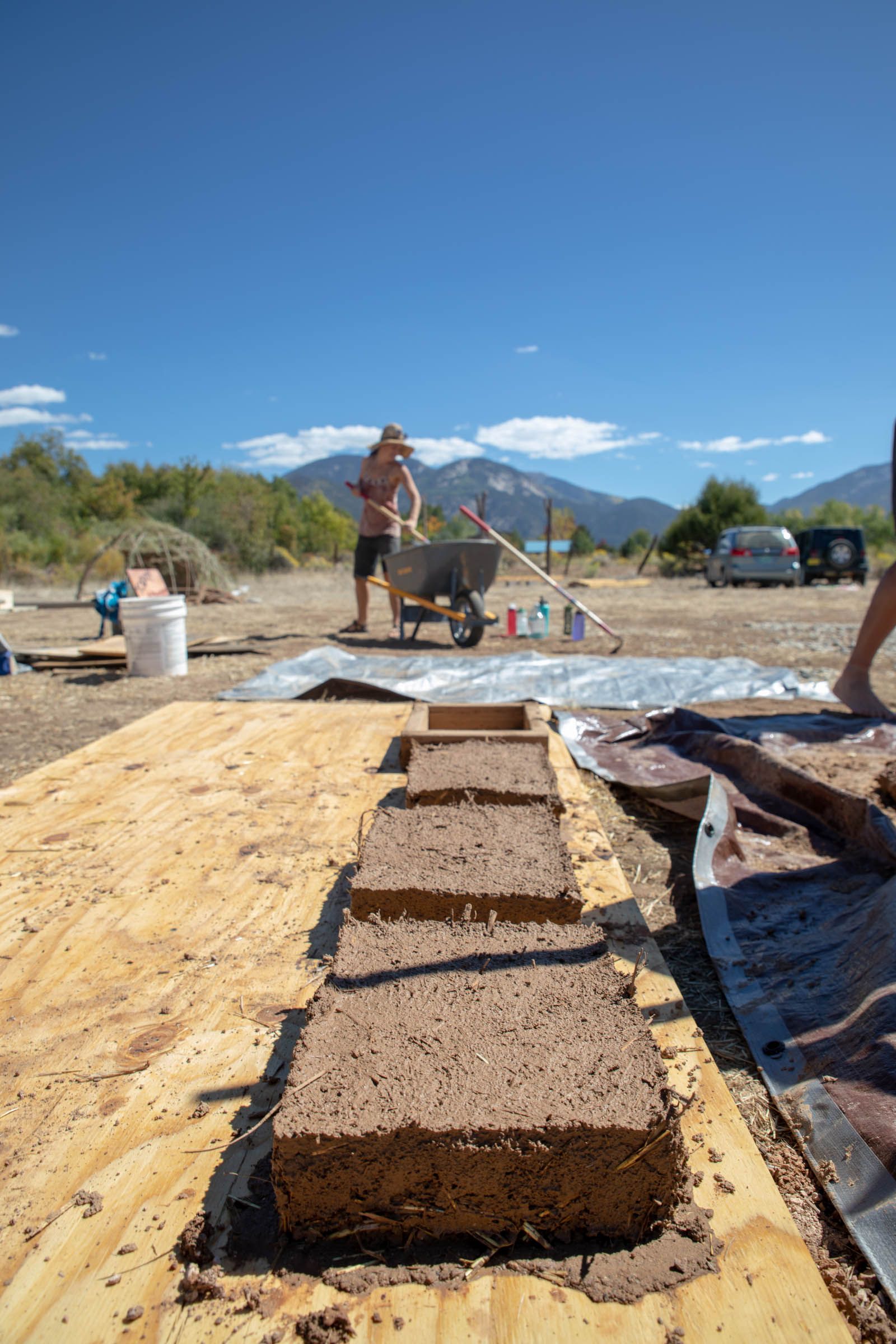
SUBSCRIBE
Thank you for contacting Eco Build Lab.
You will be hearing from us in your inbox!
Please try again later.

